The ODA is part of the Canadian Dental Association and was founded in 1868. In January of that year, dentists in Ontario proposed a bill to the legislature regarding the self-regulation of dentists. In March of the same year, the bill became law, the first self-regulation law for dentists in the world.
Alongside its professional development opportunities for its 10,000 members, the ODA also publishes on multiple platforms to educate the public and advocate for pro-oral health policy. Your Oral Health, the ODA’s print-only magazine published twice per year, informs patients about what to expect from their dentist during their appointment among other things. In addition, the Ontario Dentist Journal, published 10 times per year, contains medical and non-medical information about local dental practice, and every practicing dentist and dental student in Ontario receives a copy.

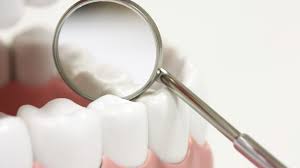



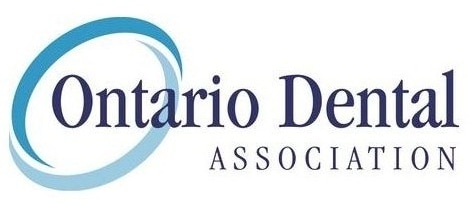

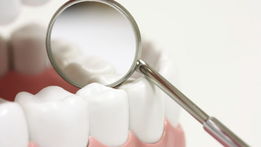
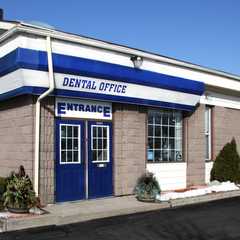
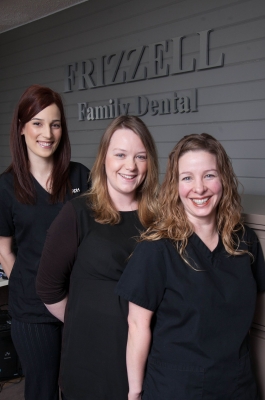
 RSS Feed
RSS Feed
